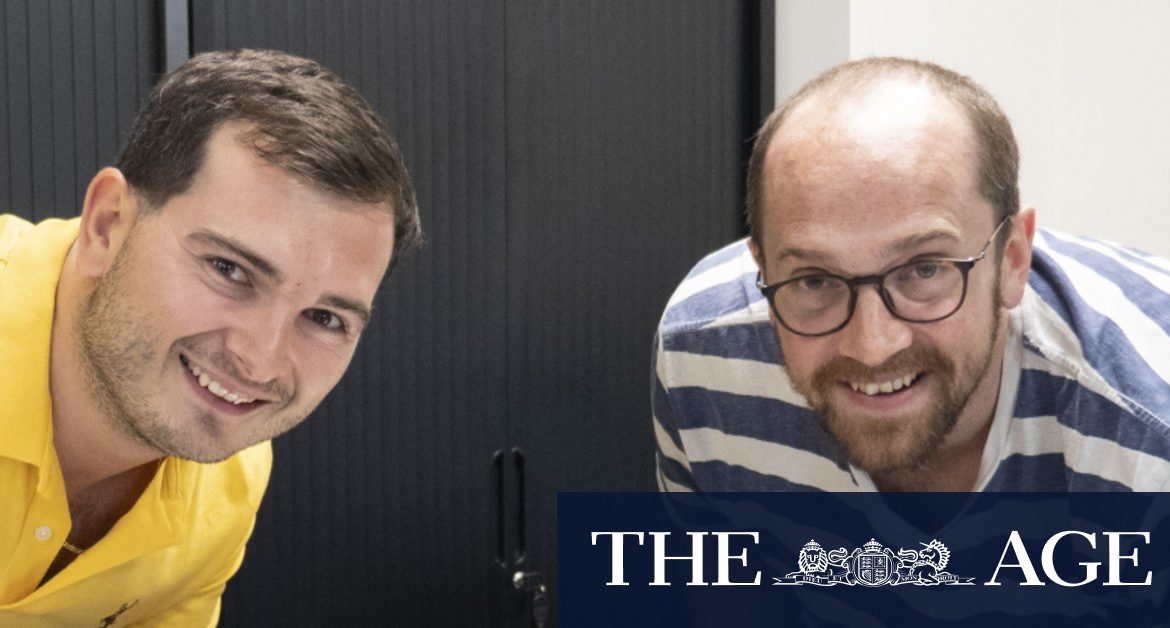“We’ve developed a device to generate a ‘pre-scattered’ wave, and then you put it through the medium and it arrives in exactly the right place and in exactly the right shape.”
A similar technique has already been used with sound waves, with pre-scattered sonic patterns used to break up kidney stones without the need for invasive surgery.
In one of the experiments, the researchers generated a smiley-face image from a pre-scattered beam.
However, this is the first time the process has been achieved using light, with the UQ team working with researchers at Nokia Bell Labs in the United States to create a new device to give them full 3D control of light through an optical fibre.
“It was a great collaboration, and the actual practical experiments were carried out over there when we could still visit them [before pandemic travel restrictions],” Dr Carpenter said.
“We haven’t visited them since but we had great results which are now being published.”
The research has the potential to revolutionise medical imaging, with interference from human tissue no longer blocking light but being used to focus it for diagnostics.
It also has applications in telecommunications to prevent signal loss in fibre optic cables, which uses focused beams of light delivered through thousands of kilometres.
And it could even be used to generate extremely high-powered lasers, by using the technique to ramp up the intensity of the laser beam at the point of exit.
“If you run a beam through a very big optical fibre which can generate a lot of power, but at the output it arrives very scrambled,” Dr Carpenter said.
Loading
“With this process you could send a very powerful beam through the fibre and focus it at the end of the fibre … so it’s only intense at the end, otherwise it would explode the fibre.”
He said the team is now working on improving upon the device they’ve already developed to expand what it is capable of.
“We’re working on developing more complex initial time-displaced waves, which can generate finer detail at their endpoint,” he said.
“That would let us control the beam in more challenging scenarios, so more scattering, longer delays, more complicated shapes.”
The research has been published in the journal Nature Communications.
Stuart Layt covers health, science and technology for the Brisbane Times. He was formerly the Queensland political reporter for AAP.
Most Viewed in National
Loading







